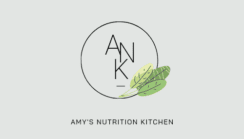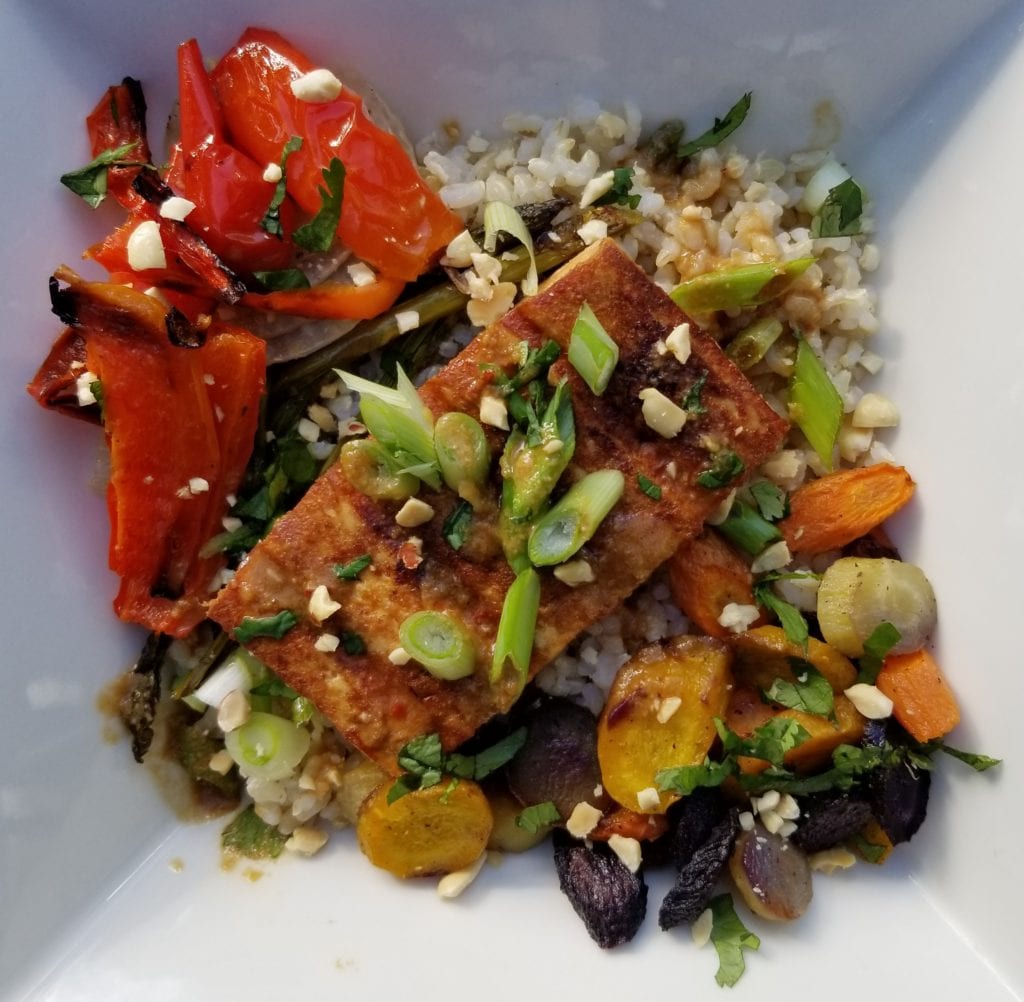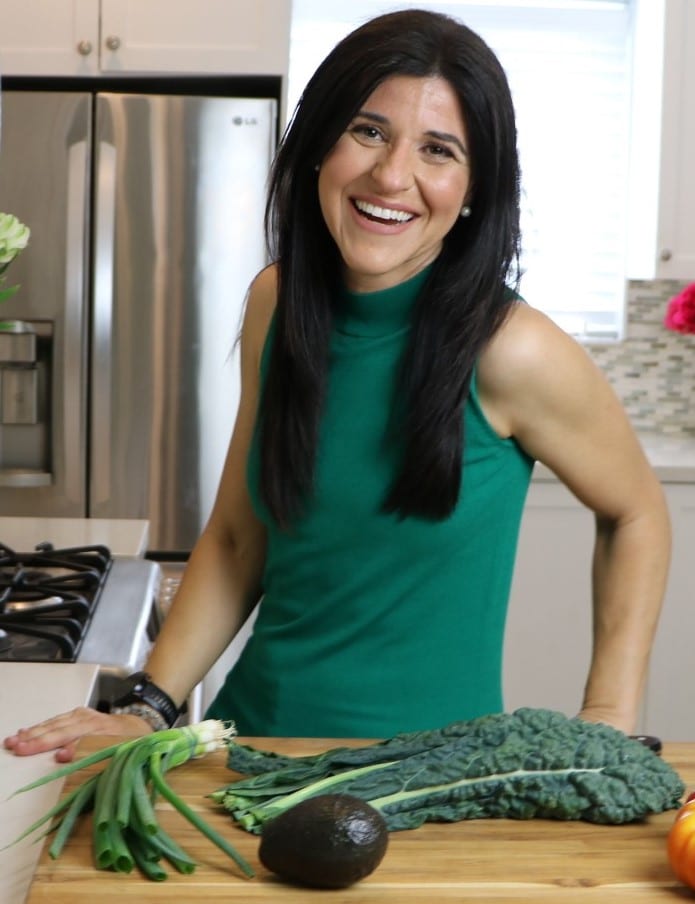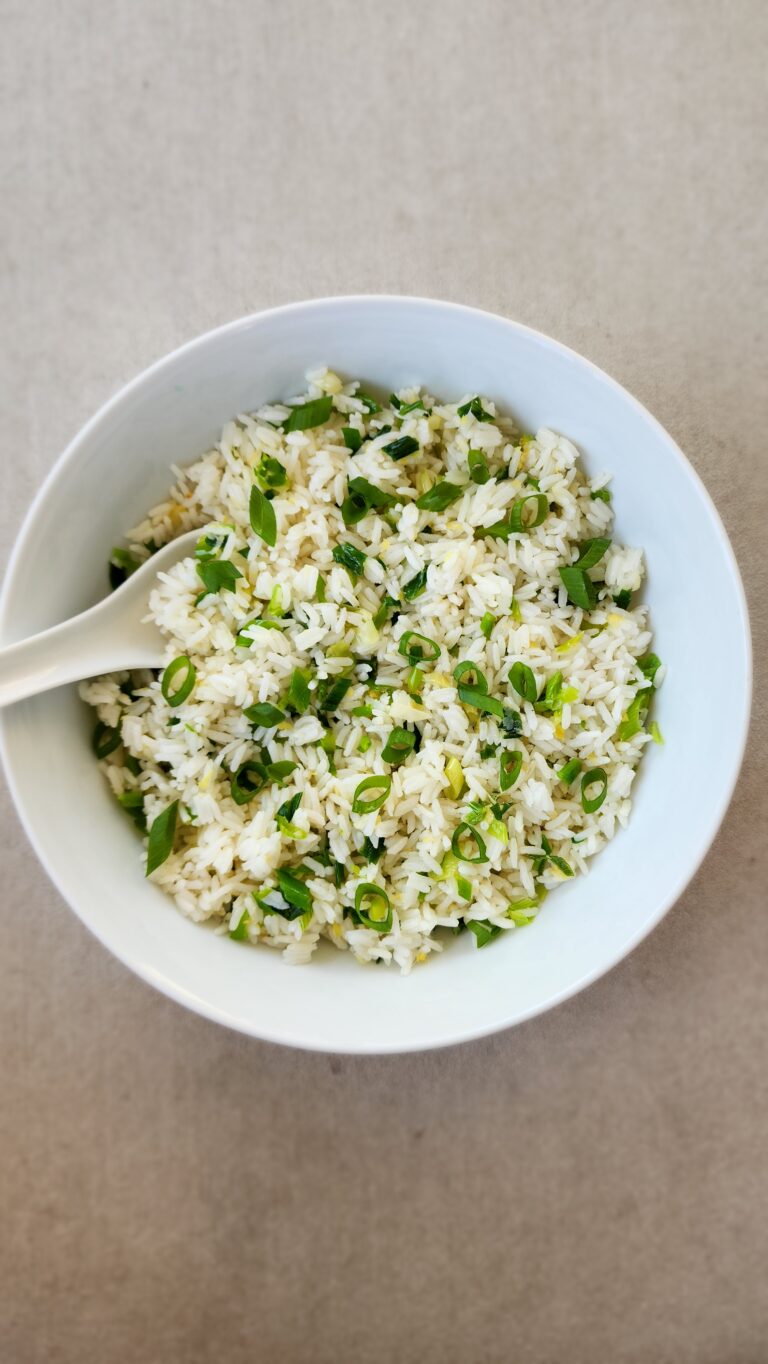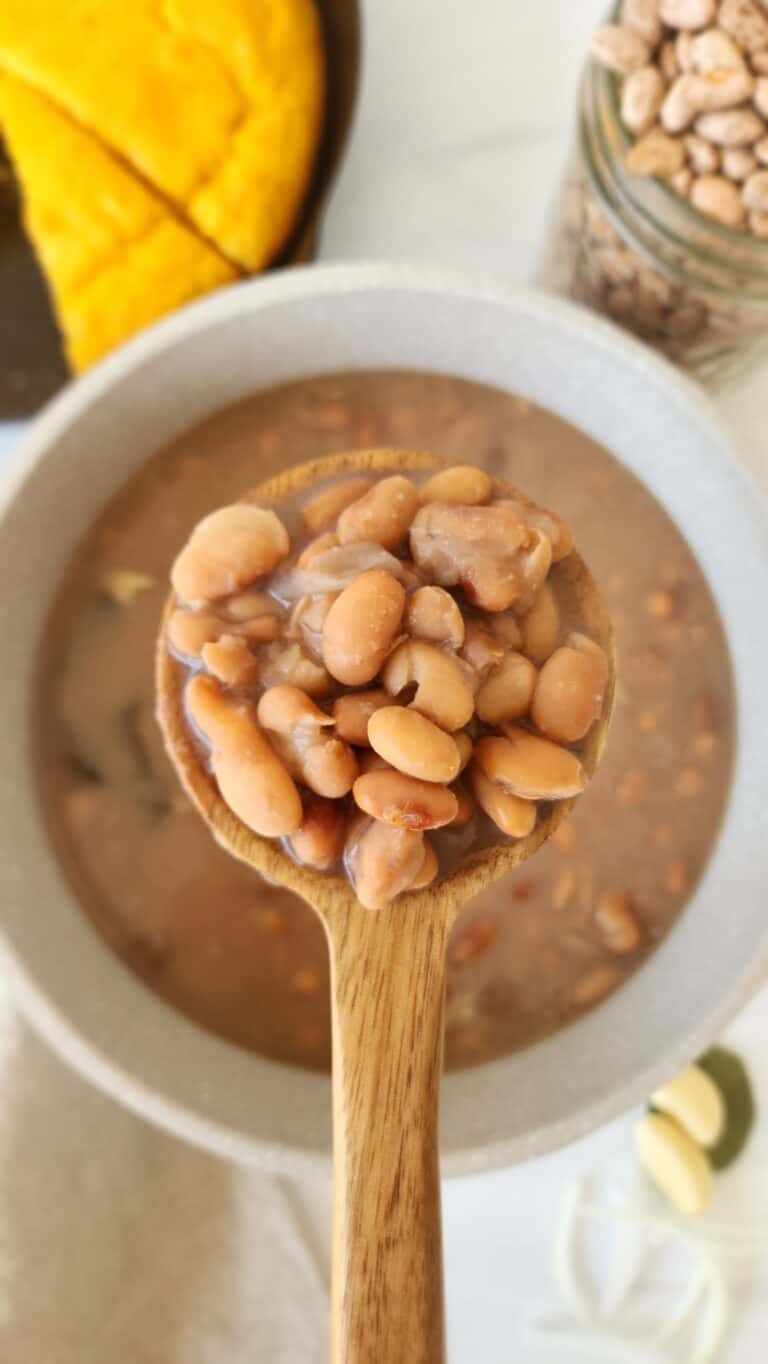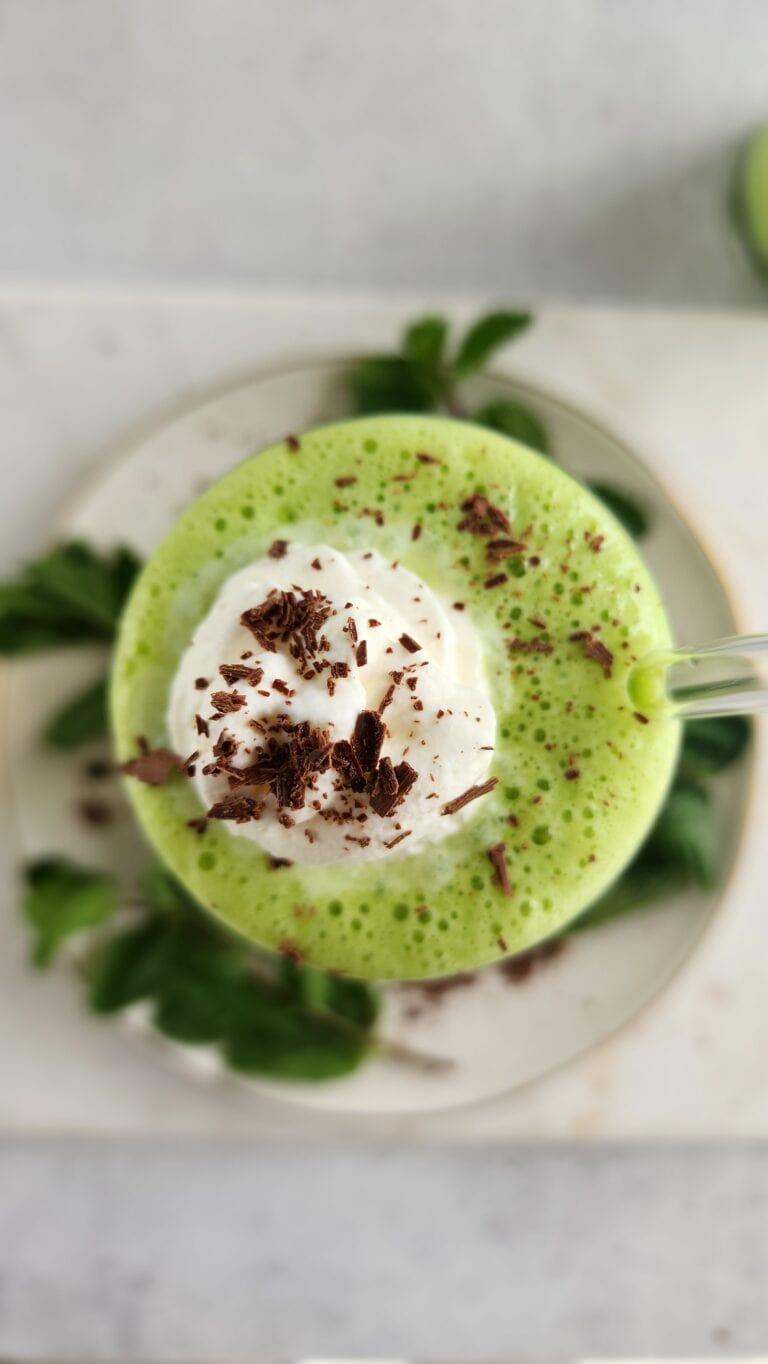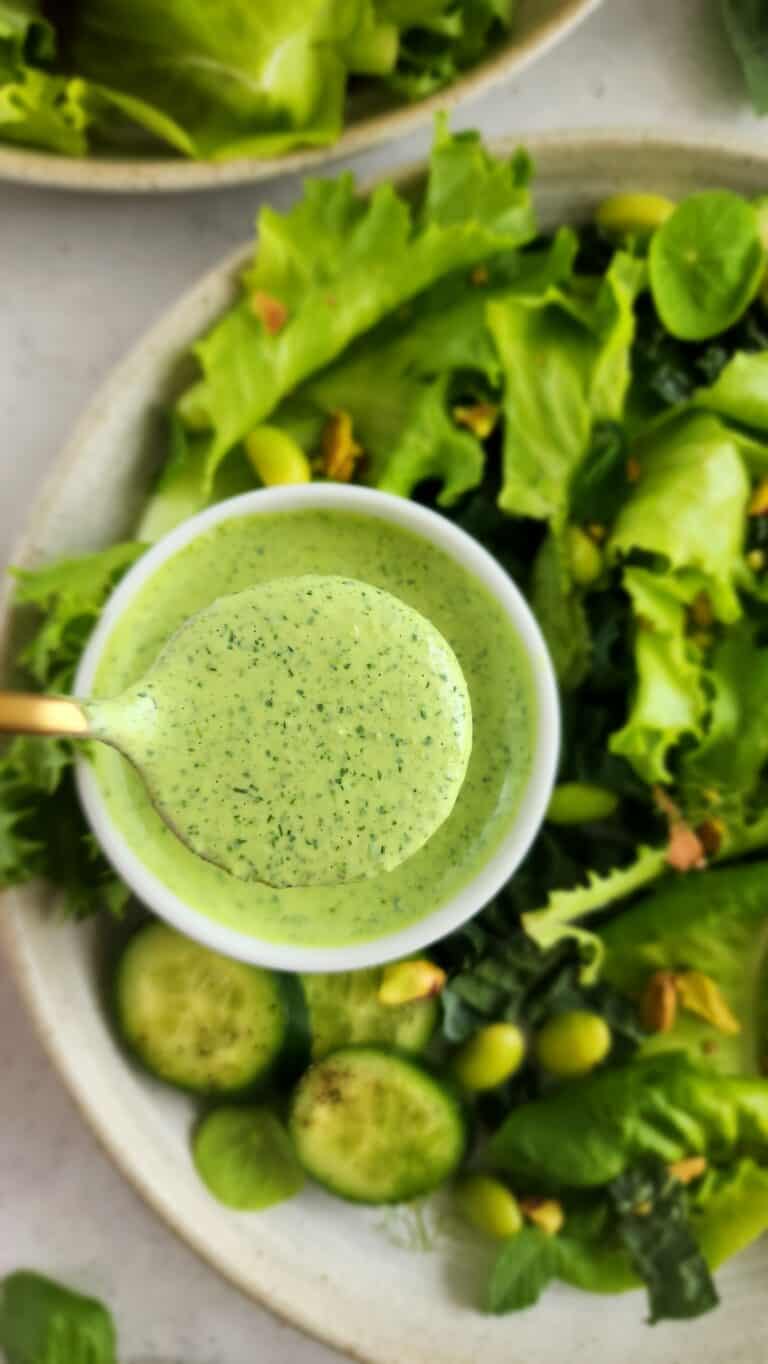I get this question all the time, “Why did you become a vegetarian?” The answer is actually pretty simple. I have never enjoyed the texture of meat (chicken, turkey, tuna, pork, you name it!). I have a distinct memory as a kid of chewing the meat (so it looked like I was eating it) and then spitting it out in my napkin. Our dogs weren’t allowed in the house, otherwise I would have been feeding the evidence to the dog! I always tried and attempted to eat meat, but the moment there was a hint of gristle or the chewing was taking too much effort, I was done. When I got to college and entered into the field of Nutrition I realized I didn’t have to eat meat to get all the vitamins and minerals that meat provides, I knew I could get them from alternate sources. And so began my slow transition to becoming a vegetarian. It took a few years because let’s face it food is a part of social interactions. Many bbqs took place where I would cave in and just have a hamburger because everyone else was. Or maybe Chick-fil-A’s chicken nuggets were being served at an event and that was one way I didn’t mind chicken. But then in 2005 that’s when everything changed.
We had just returned from my brother’s wedding in St. John’s. My dad hadn’t been feeling well most of the trip so he went in for a check-up. The next thing I know he’s at the cath lab getting a couple of stents placed. I was in shock and disbelief! I knew that we had heart disease in the family, but I also knew that we ate healthy overall. It was in that moment I made my decision. I had been contemplating it for a while now, this whole going vegetarian thing. Now it made all the more sense. Eliminate the majority of the saturated fat from my diet so that I could avoid any health implications later in life. Easy. I had the nutrition background to know what foods to eat and in what portions to get the vitamins/minerals that I’d need. Let the science experiment begin!
Cooking for myself was easy. Granted I had to learn how to cook tofu so that it had flavor, but overall preparing my meals had been easy in this whole transitioning over to being a vegetarian. The hard part? Eating out or going to functions where meat would be served. Over the last few years I’d say that restaurants have gotten better in their menu selections, but back in 2005 the variety was quite limited. Basically you’d get vegetables with a grain and that was it. Salad was always an option if you were still hungry. They just weren’t getting it – I needed protein! I started carrying (and still do) nuts wherever I go. The dietitian in me needs the balance of carbohydrates, protein, and fat, otherwise I know I’ll be craving/hungry for food within an hour. It’s just the way the body processes food. Call it my security/back-up plan, I know I’ll always have protein with me.
Just in the last couple of years I’ve actually started to include seafood. So I am now technically called a pescatarian. While I don’t include seafood often, this way I have a back-up plan at places/functions that might serve seafood. It’s still not my favorite and I’m quite picky when it comes to what I will actually eat. My mom made a salmon recipe a couple months back that was so good that everyone that thinks they don’t like salmon needs to try this recipe (it was THAT good). However, I still travel with my handy portion-sized nuts, just in case. It’s almost been 10 years since I’ve been a vegetarian (pescatarian). I think that for anyone that cooks it’s important to find new recipes so that you don’t continue to do repeats and end up being bored with food. It’s the same with being a vegetarian, you have to keep coming up with new and inventive ways to work with beans, tofu, and other plant proteins. So if you’ve been thinking about having a meatless meal during the week and weren’t sure where to start, I have a few recipes to get you going. I started out with the chickpea when I was first starting to do more bean recipes. It’s a mild flavored bean and it pairs well with a lot of other flavors. (If you’re wondering which bean packs the most nutrition in a ½ cup, just remember in everything, variety is the spice of life.) Chickpeas are nutrient dense and in only a ½ cup there are 5 grams of protein, 6 grams of fiber, and just 2 grams of fat. The following are a few recipes that might help you get started.
Linguine with Zucchini and Chickpeas – I’ve shown this recipe before, but it’s so simple and delish, I have to share it again. I stumbled across it on Real Simple’s website a few years back. It’s great for a weeknight when I’m not sure what to eat and there’s an extra zucchini in my fridge. Simple and nutritious.
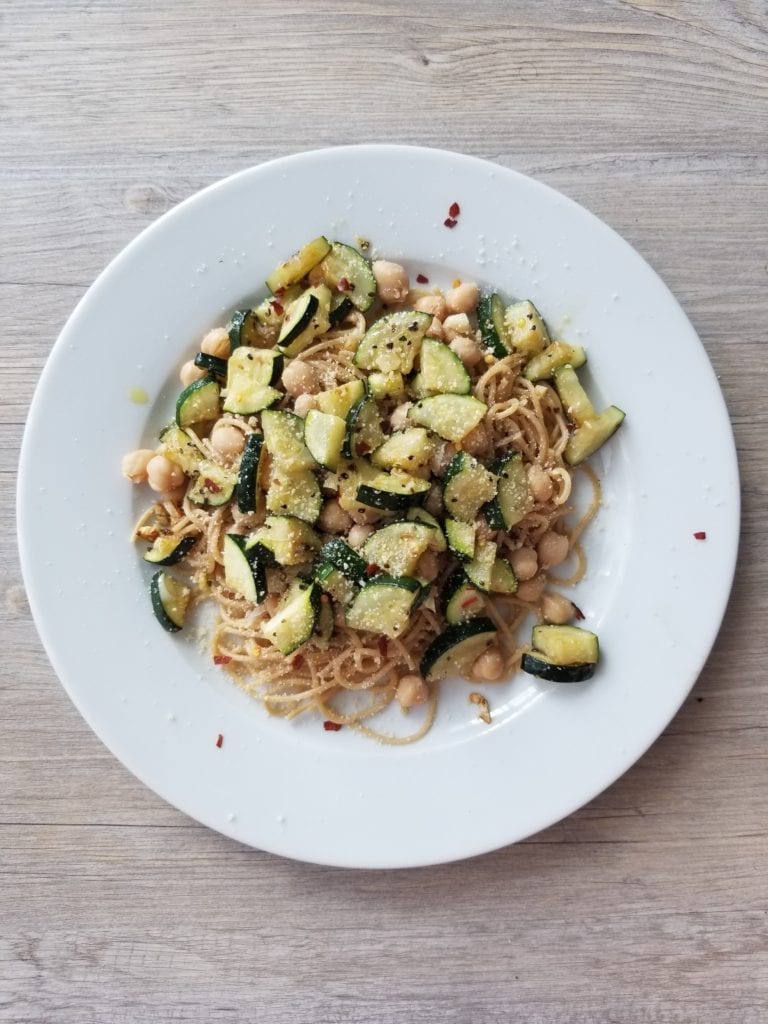
“Chickpea” Tuna – I did this recipe with kids once where I made actual tuna and then I made this chickpea version. The kids surprisingly enough liked the chickpea version. They made sure to let me know it tasted nothing like tuna, but regardless they liked it. I used to make tuna this same way, where I’d mix in the craisins along with the celery, so maybe it just reminds me of back in the day when I did eat tuna. Pair it with a hearty bread and it makes a great sandwich for lunch.
Sweet Potato Quinoa Patties – These are hands down delicious. Maybe it’s the blackberry salsa that really makes the flavors pop, but I’ve had them without and they’re still flavorful. This is the way I like to eat quinoa.
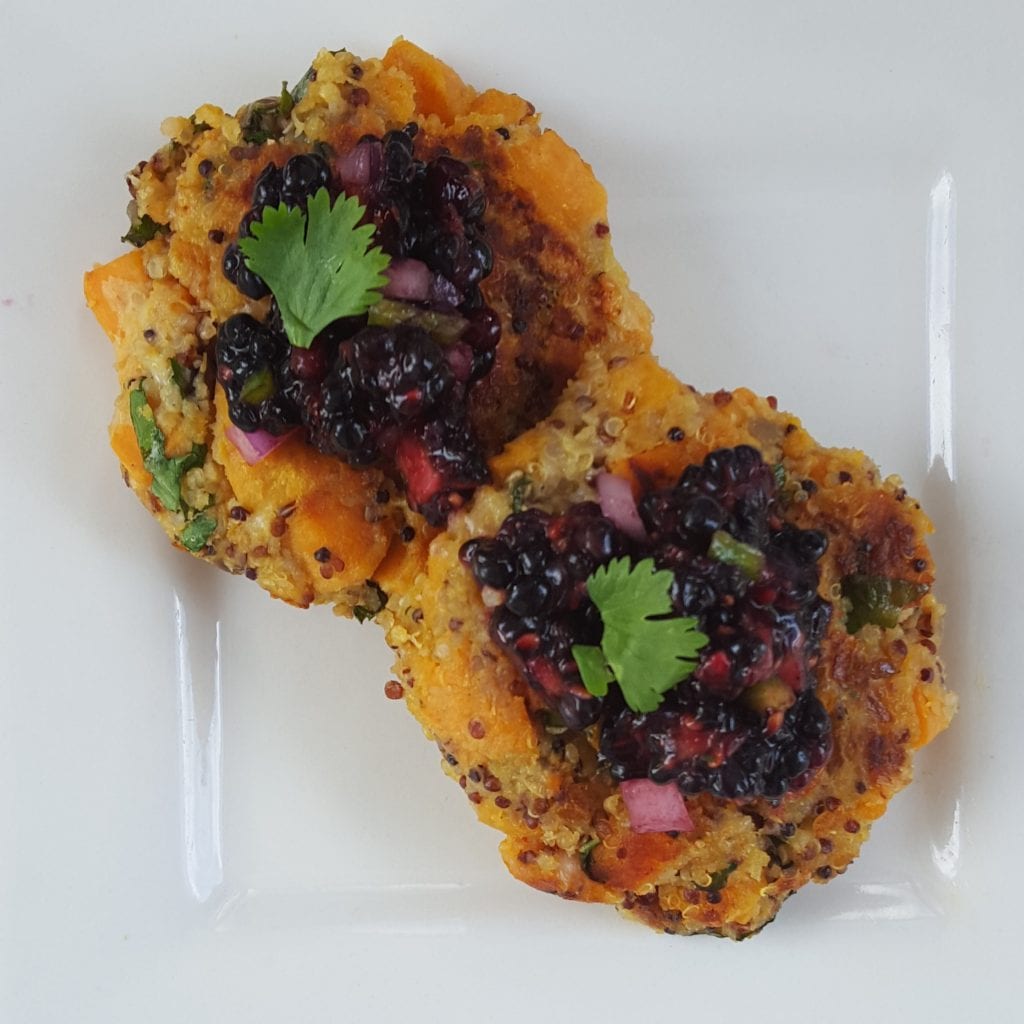
As I said before a lot of people think their meal isn’t complete unless there’s meat on the plate. I get that. But what I try and do is teach my patients that in anything it’s about portion control. If you include meat for your protein source I’m fine with that. Watch your portion sizes, make sure to include a healthy complex carbohydrate at your meal and of course, don’t forget your veggies. Balance, moderation, and variety are key in any meal planning.
